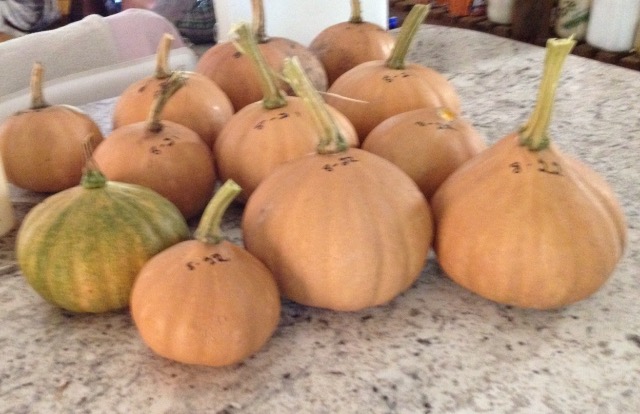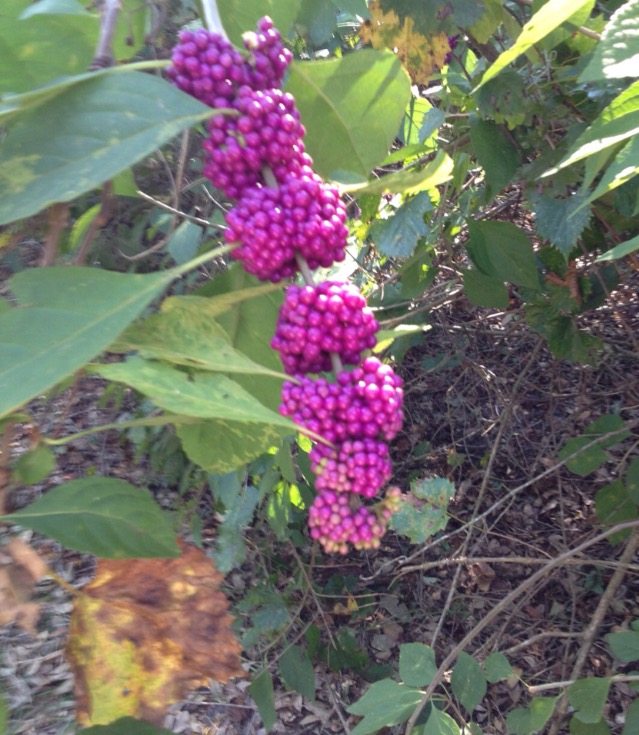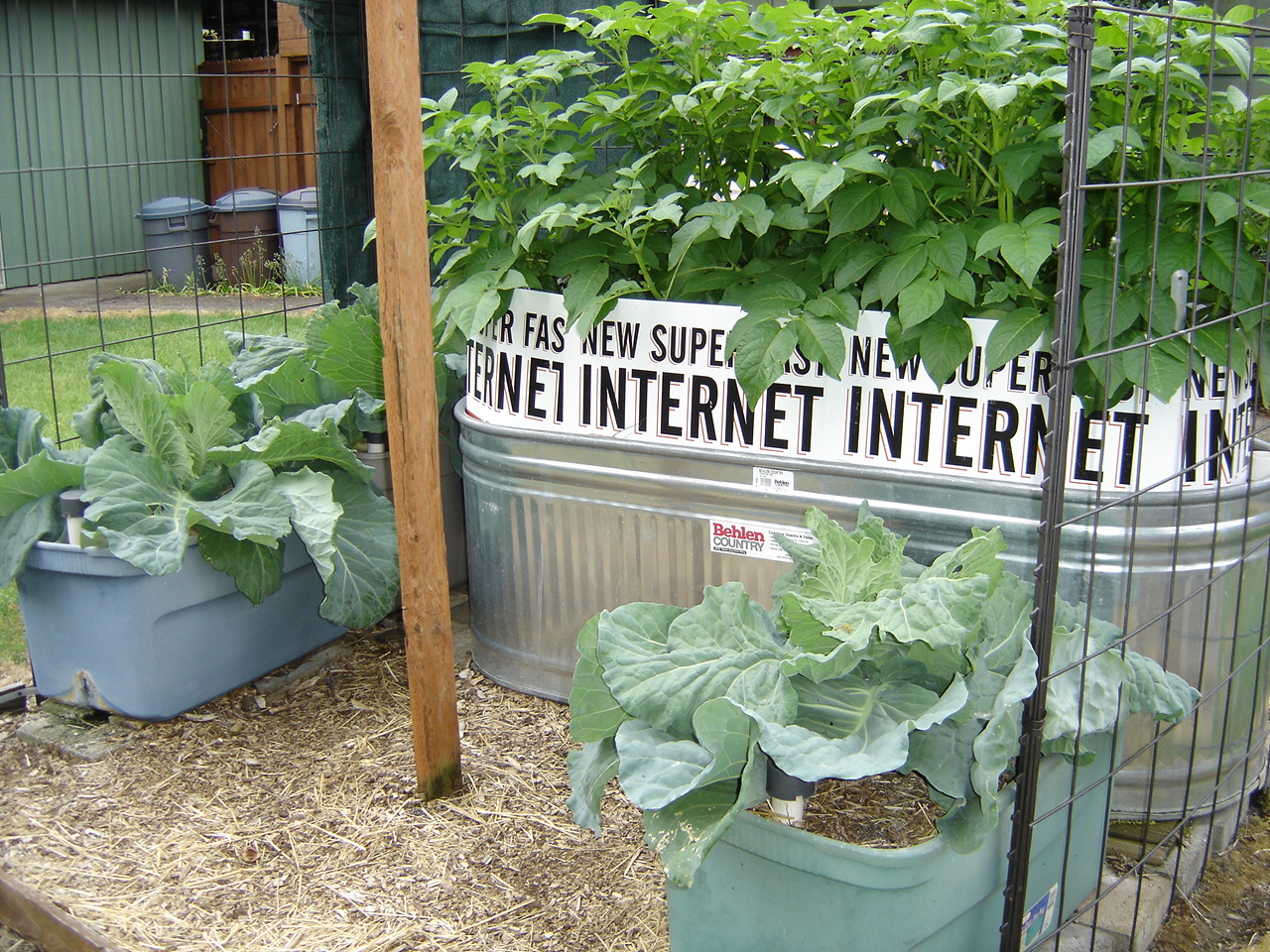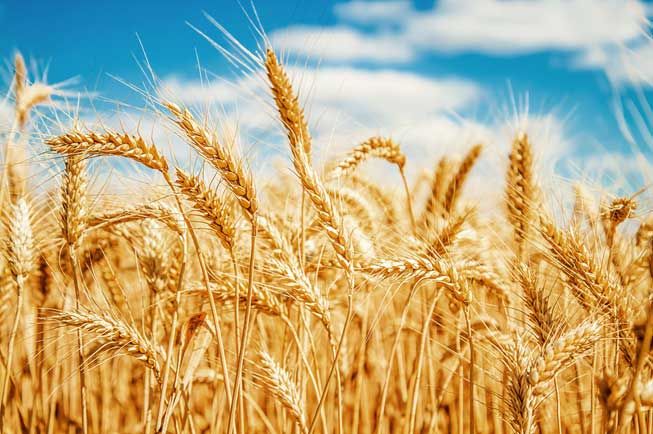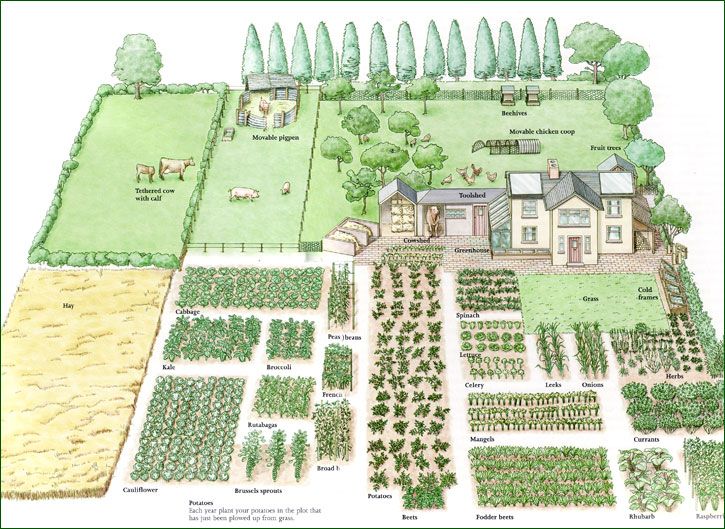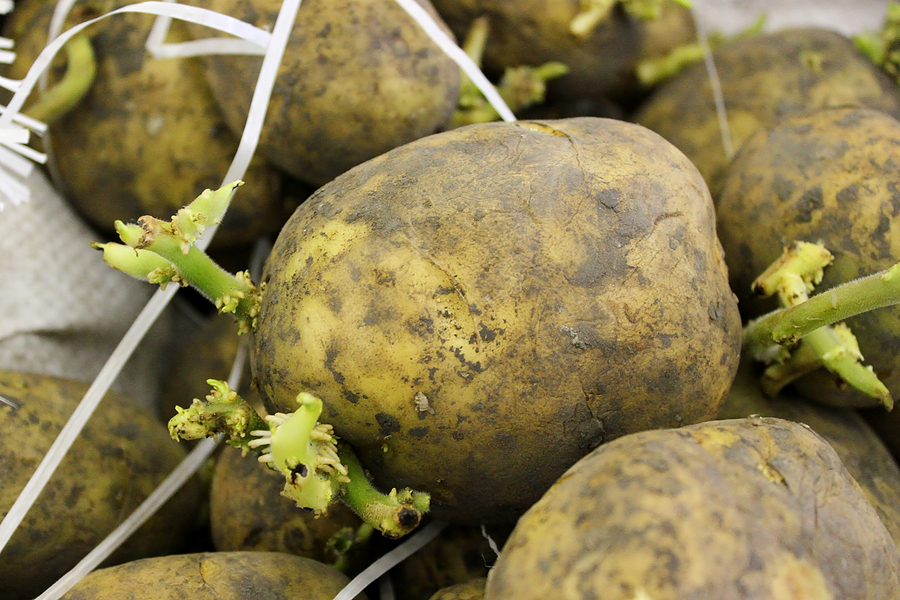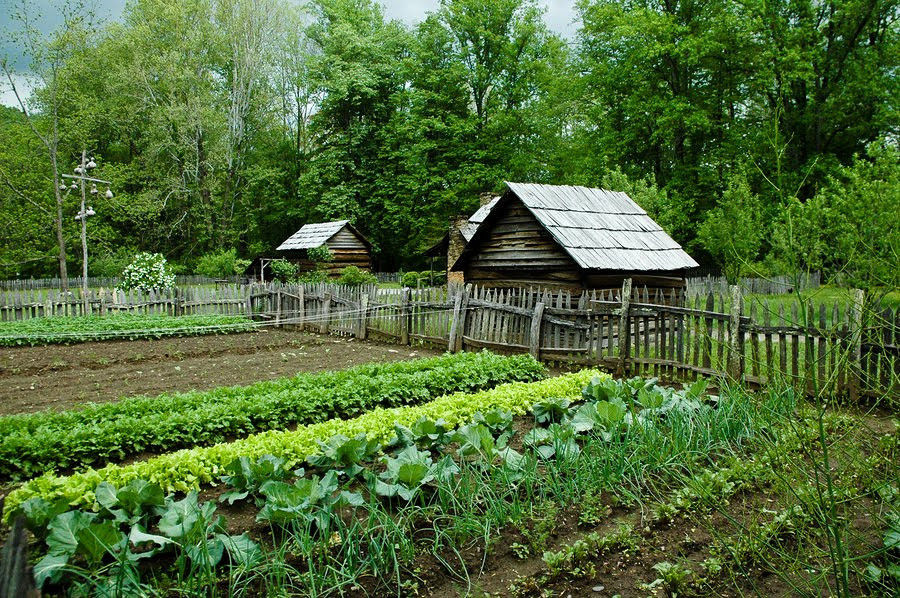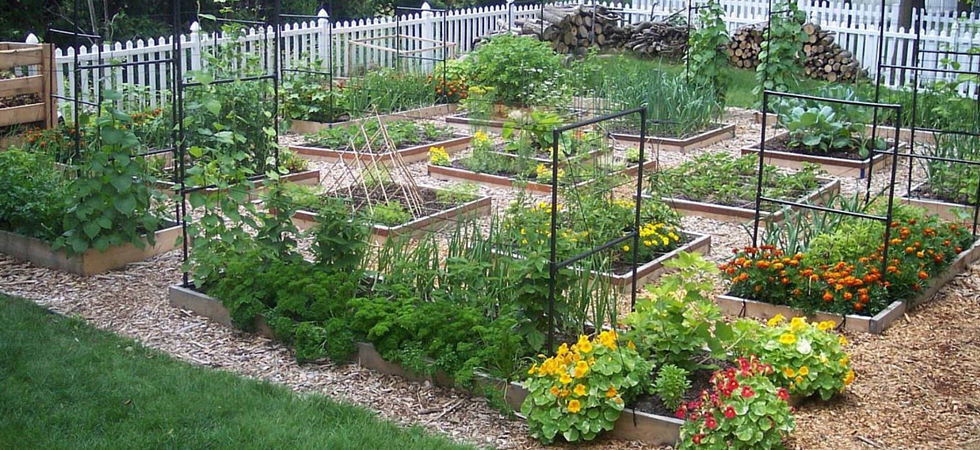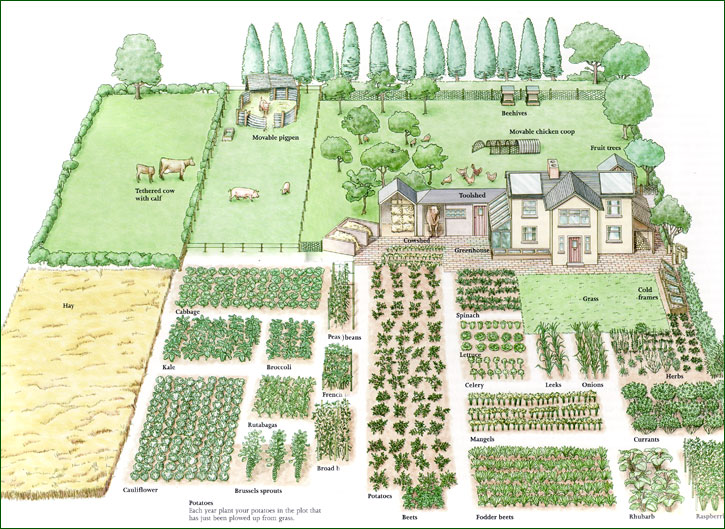God’s Perfect Bounty: Our Natural Survival Garden- Part 2, by D.M.
I have been telling you about God’s provision for our survival through nature and specifically writing about the many uses of the American beautyberry. They are edible, medicinal, and decorative berries. In part 1, I shared a recipes for insect repellent, tea for skin ailments, and more using various parts of the American beautyberry plant. I also told how I made juice with the berries. Now, let’s move on to more culinary uses for the American beautyberry and take a look at another multipurpose plant as well. American Beautyberry Jelly After much experimenting with several jelly recipes (some twice), I …

